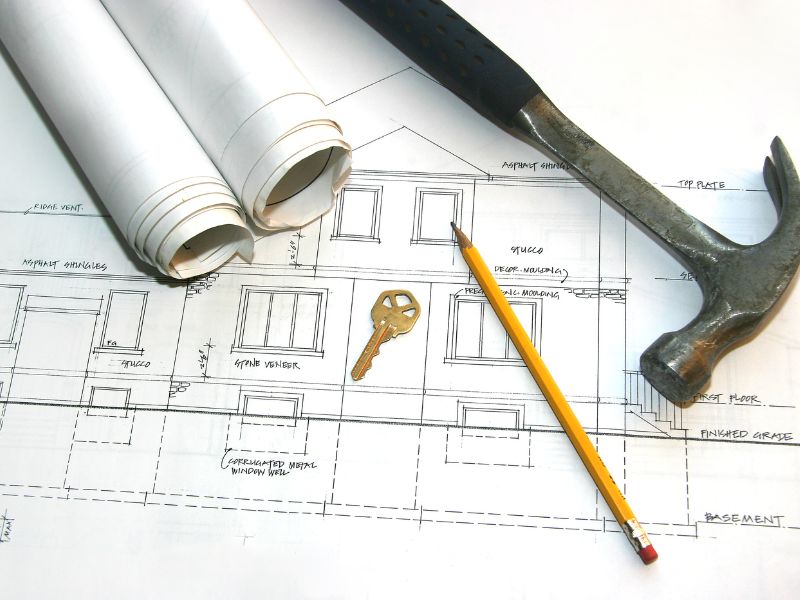Escrow Analysis: Your Key to Understanding Mortgage Payments
 Escrow might sound like a fancy term, but it’s not rocket science. Let’s break it down into simple terms. In simple terms, an escrow analysis is a review of your escrow account conducted by your mortgage lender. Think of it as a regular check-up for your escrow account. You might be wondering, what is an escrow account? An escrow account holds funds collected with your monthly mortgage payment to cover expenses like property taxes, homeowners insurance, and sometimes even mortgage insurance.
Escrow might sound like a fancy term, but it’s not rocket science. Let’s break it down into simple terms. In simple terms, an escrow analysis is a review of your escrow account conducted by your mortgage lender. Think of it as a regular check-up for your escrow account. You might be wondering, what is an escrow account? An escrow account holds funds collected with your monthly mortgage payment to cover expenses like property taxes, homeowners insurance, and sometimes even mortgage insurance.
Why It Matters
Without a proper escrow analysis, you might end up short on cash when those tax and insurance bills roll in. While your mortgage payments stay consistent, taxes and insurance costs can fluctuate. So, this analysis helps your lender keep everything in check.
How It Works
When you close on your home, your lender sets up an escrow account. This is where you’ll deposit your monthly payments. Your lender then takes care of paying your mortgage, insurance, and taxes from this account.
What to Expect from Your Analysis Statement
Your lender typically sends out an escrow analysis statement each year. Your lender calculates what you owe for taxes and insurance each month, dividing the total by 12. They might also include a cushion to cover any unexpected increases.
It breaks down:
Summary: Shows your account balance for the upcoming year.
Changes: Highlights any differences in payments.
History: Summarizes the account’s activity.
Projections: Estimates upcoming payments based on past data.
Understanding the Process
Your lender compares projected payments with actual ones. They make sure there are no deficits or surpluses. If there’s too much in your account, you might get a refund. If there’s not enough, your monthly payments might go up.
How to Read Your Statement
It’s designed to be easy to understand. But if you’re unsure, your lender can help. Look out for terms like:
Minimum Escrow Account Balance: The lowest amount needed in your account.
Escrow Surplus: Extra funds in your account.
Escrow Shortage: Not enough in your account.
Common Adjustments: Changes in payments due to tax or insurance changes.
What If You Disagree?
Reach out to your lender if you spot any issues. Providing documentation can help resolve any discrepancies. Understanding escrow doesn’t have to be stressful. If you have any more questions, feel free to ask!

 Want to upgrade your home but short on cash? Home improvement loans can help! They’re like a financial boost for fixing up your place without draining your savings. But with so many options, how do you pick the right one? Let’s review the options.
Want to upgrade your home but short on cash? Home improvement loans can help! They’re like a financial boost for fixing up your place without draining your savings. But with so many options, how do you pick the right one? Let’s review the options. Are you a single individual ready to take the plunge into homeownership? Congratulations! While the journey might seem overwhelming, especially when it comes to securing a mortgage, there is no need to worry. With the right strategies and tips, you can navigate the process with confidence and success. As a mortgage lender with years of experience helping single homebuyers achieve their dreams, I’m here to share some valuable insights to guide you on your path to homeownership.
Are you a single individual ready to take the plunge into homeownership? Congratulations! While the journey might seem overwhelming, especially when it comes to securing a mortgage, there is no need to worry. With the right strategies and tips, you can navigate the process with confidence and success. As a mortgage lender with years of experience helping single homebuyers achieve their dreams, I’m here to share some valuable insights to guide you on your path to homeownership.